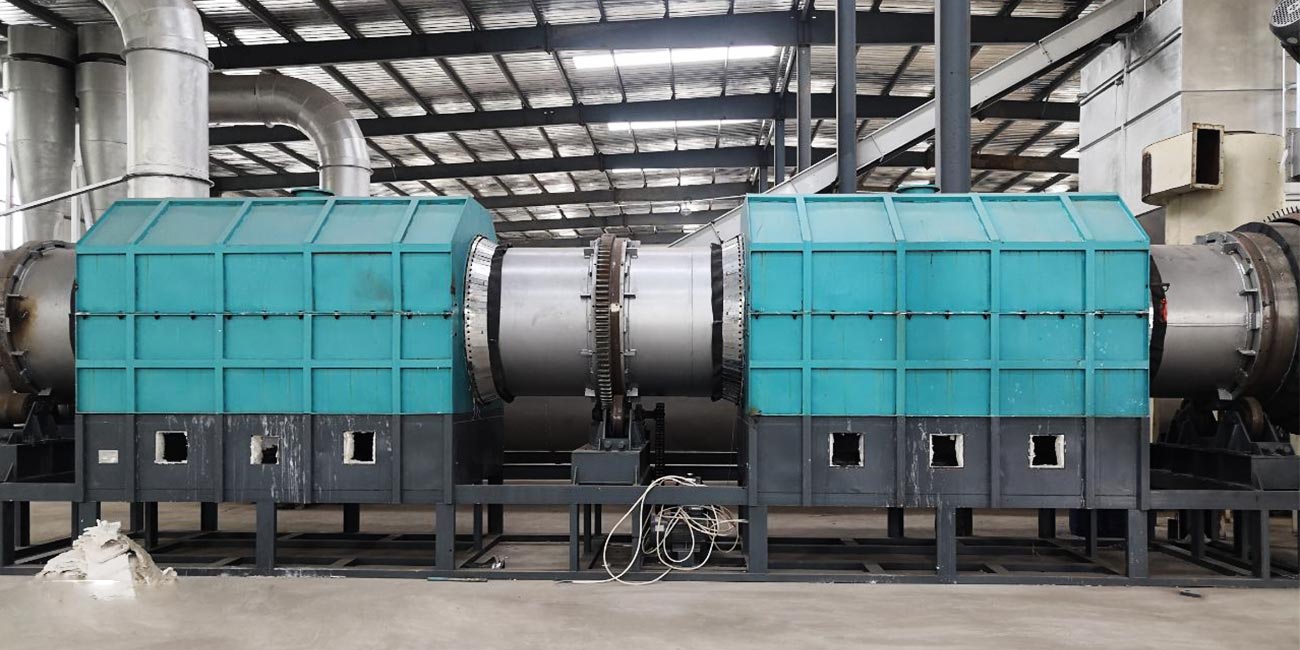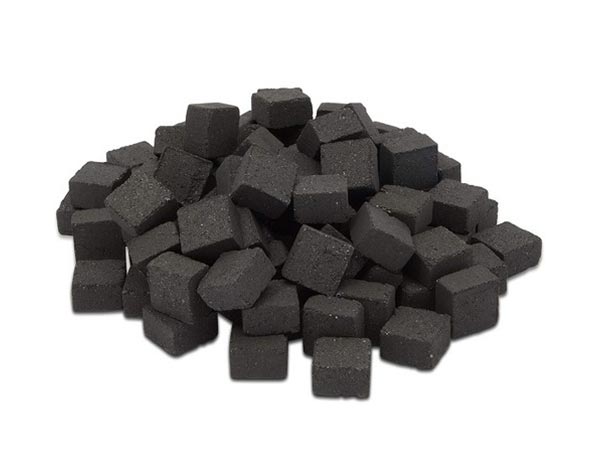Charcoal, a lightweight, black residue consisting of carbon and ash, has been a pivotal material throughout human history. Traditionally recognized as a fuel for heating and cooking, its utility spans far beyond these rudimentary uses. In this comprehensive exploration, we will delve into the production processes, diverse applications, historical significance, environmental implications, and future prospects of charcoal, demonstrating its enduring relevance in contemporary society.
The Production of Charcoal
Charcoal is produced through a process known as pyrolysis, which involves the thermal decomposition of organic material at high temperatures in the absence of oxygen. The most common method for producing charcoal is through the carbonization of wood by charcoal production machine, although other organic materials like coconut shells, peat, and bamboo can also be used. The traditional method involves heating wood in a kiln or pit, where controlled airflow prevents complete combustion, leaving behind the carbon-rich charcoal.
Modern methods have improved the efficiency and environmental sustainability of charcoal production. These include using retort systems, which recover and combust the volatile gases released during carbonization, reducing air pollution and improving yield.

Historical Significance and Uses
Charcoal has been used since prehistoric times, with evidence of its use dating back over 30,000 years. It was a critical material in ancient metallurgical processes, particularly in smelting iron to produce tools and weapons, thus playing a crucial role in the advancement of human civilization.
In art, charcoal from biochar production equipment has been used for drawing and sketching due to its ability to produce rich blacks and a range of tones. Artists value it for its versatility and the ease with which it can be spread and erased, making it ideal for expressive marks and shading.
Contemporary Applications
1. Fuel for Cooking and Heating: Charcoal remains a popular fuel source, especially for barbecuing, due to its ability to produce a high, steady heat and a distinctive flavor. In many developing countries, it is still a primary fuel for cooking and heating, especially in rural areas.
2. Industrial Applications: In the industrial sector, charcoal is used as a reduction agent in the extraction of metals, such as iron, from their ores. It is also employed in the production of silicon and carbon fibers, and as a carbon source in the manufacture of steel.
3. Filtration and Purification: One of the most valuable properties of charcoal, particularly activated charcoal, is its ability to adsorb impurities and contaminants. This makes it an excellent filter medium. It is widely used in water purification systems to remove organic compounds, chlorine, and odors. Activated charcoal is also used in air purification filters to trap pollutants and in medical settings to treat poisoning and overdoses.
4. Horticulture and Agriculture: Charcoal is used in agriculture to improve soil fertility and water retention. The concept of biochar (charcoal used as a soil amendment) has gained traction for its ability to sequester carbon and improve soil biodiversity, promoting more sustainable agricultural practices.
Environmental Impact
The production and use of charcoal, particularly from wood, have significant environmental implications, including deforestation, air pollution, and greenhouse gas emissions. However, the development of sustainable production techniques and the use of residues from other industries as feedstock can mitigate some of these impacts. See how biochar machine to make biochar.
Moreover, the use of biochar in agriculture presents a promising avenue for carbon sequestration. Biochar can effectively lock carbon into the soil for centuries, potentially reducing the net amount of carbon dioxide in the atmosphere and combating climate change.

Future Prospects and Innovations
The future of charcoal looks promising with ongoing innovations aimed at increasing its sustainability and efficiency. Research is focused on improving the yield and environmental footprint of charcoal production processes and expanding its utility in new applications. For instance, integrating biochar with renewable energy technologies and exploring its potential in new forms of waste management and water treatment are areas ripe for development.
Another exciting frontier is the use of charcoal-derived materials in advanced technologies, such as supercapacitors and batteries, where activated carbon plays a crucial role. The high surface area and conductivity of activated charcoal make it an excellent candidate for energy storage materials.
Conclusion
Charcoal is a material of ancient origins that continues to have modern relevance. Its versatility is evident in its broad range of applications—from traditional uses such as cooking and metallurgy to innovative roles in environmental management and high-tech industries. By leveraging advanced production techniques and sustainable practices, charcoal can continue to be a valuable resource that contributes positively to global environmental goals and human societal development. As we move forward, the continued innovation and responsible management in the production and use of charcoal will be key to unlocking its full potential, ensuring it remains a vital component of the sustainable practices of the future. See details of wood charcoal manufacturing machine here.